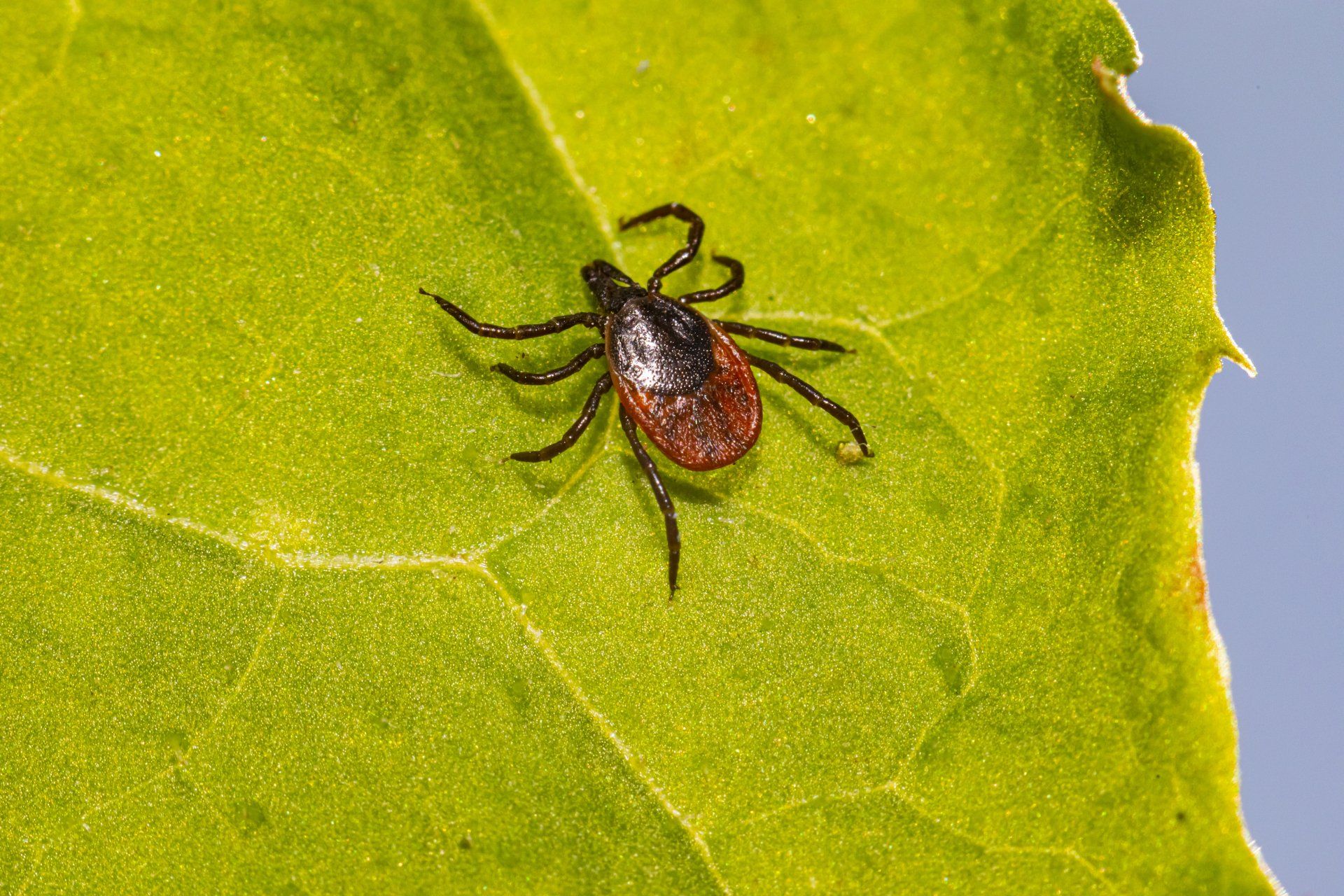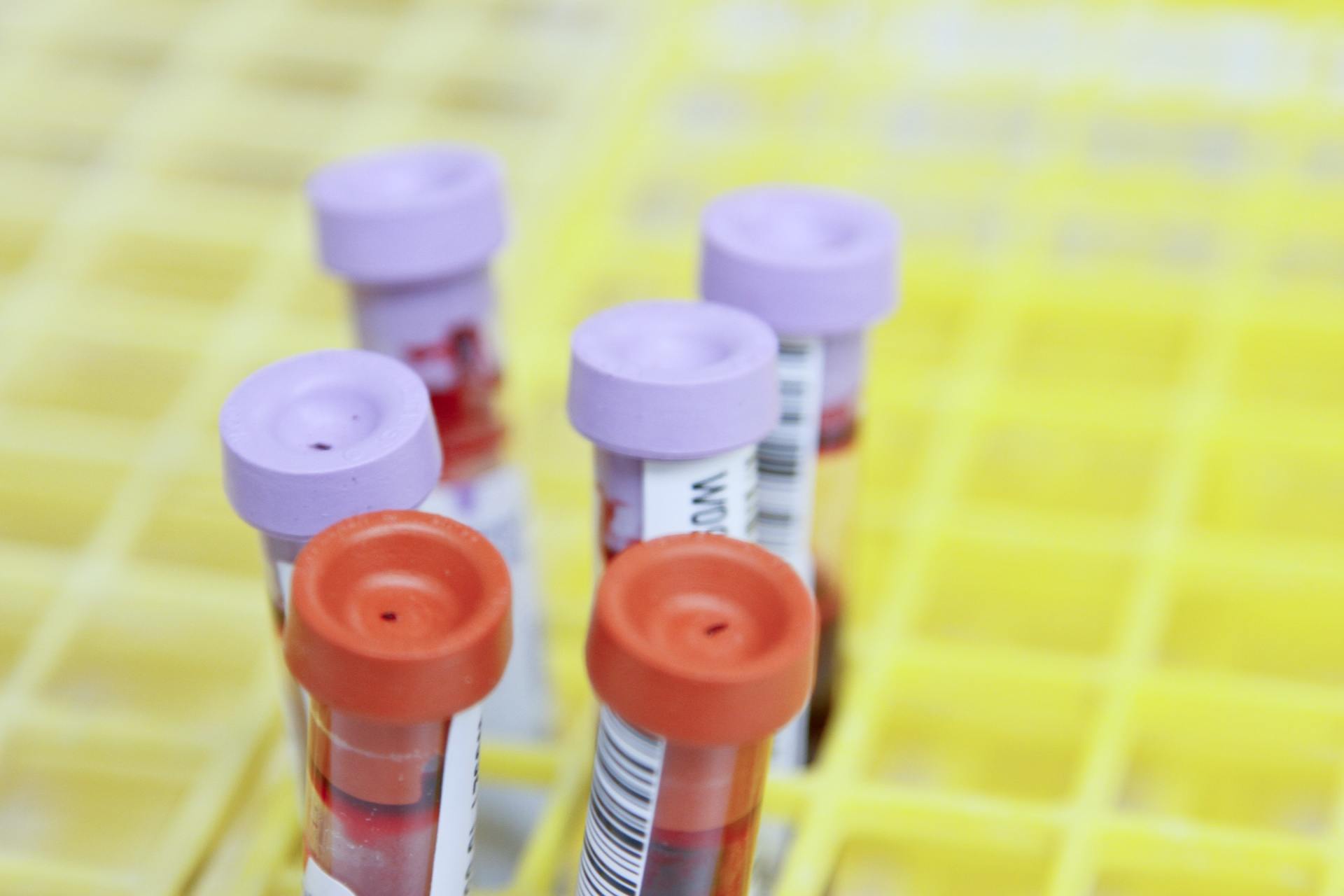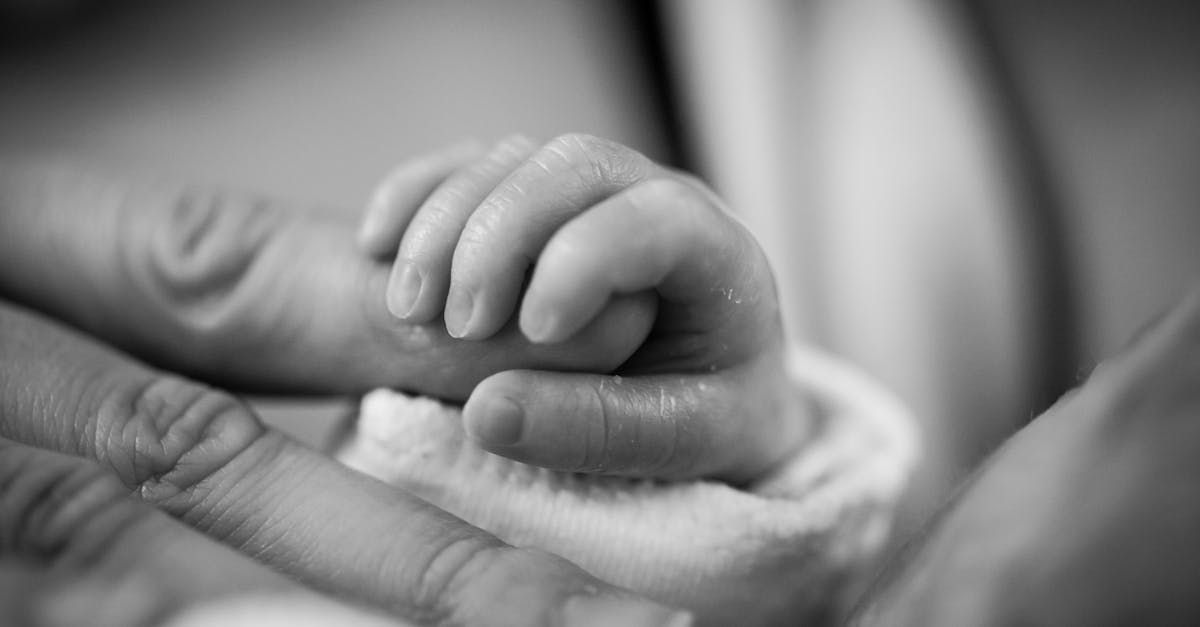Welcome to Pediatric Associates of Springfield
Loving Care, Caring People
Who We Are
We are the only independent pediatric group practice in Springfield. What this means for our patients is that your needs are our primary concern. We do not need to meet any artificial efficiency goals and always put your needs above those of an insurer, hospital or insurance plan. We feel that we have developed a practice that is more responsive to the needs of the modern family, with easier access of care, than is found anywhere else in Springfield.
Appointments, Call Us, Continuity of Care
Scheduling
Contacting us regarding sick children early in the office day enables us to schedule any necessary appointments promptly. Our telephone triage staff will ask you the exact nature of your concern.
Forms, Insurance
Forms and Policies
Before your appointment with us, quickly and conveniently access patient forms and policies from our practice. Upon your first visit, this will allow the check in process to go quickly.
Education, Home Birth, Home Care and more
Parent Resources
Our website cannot ever replace the advice of your pediatrician, but the staff and doctors at Pediatrics of Springfield have searched the web for some of the best and most credible online resources. Check back often for updates to this list:
We offer same day sick visits to meet the needs of our patients and families!
Informative Articles For You















